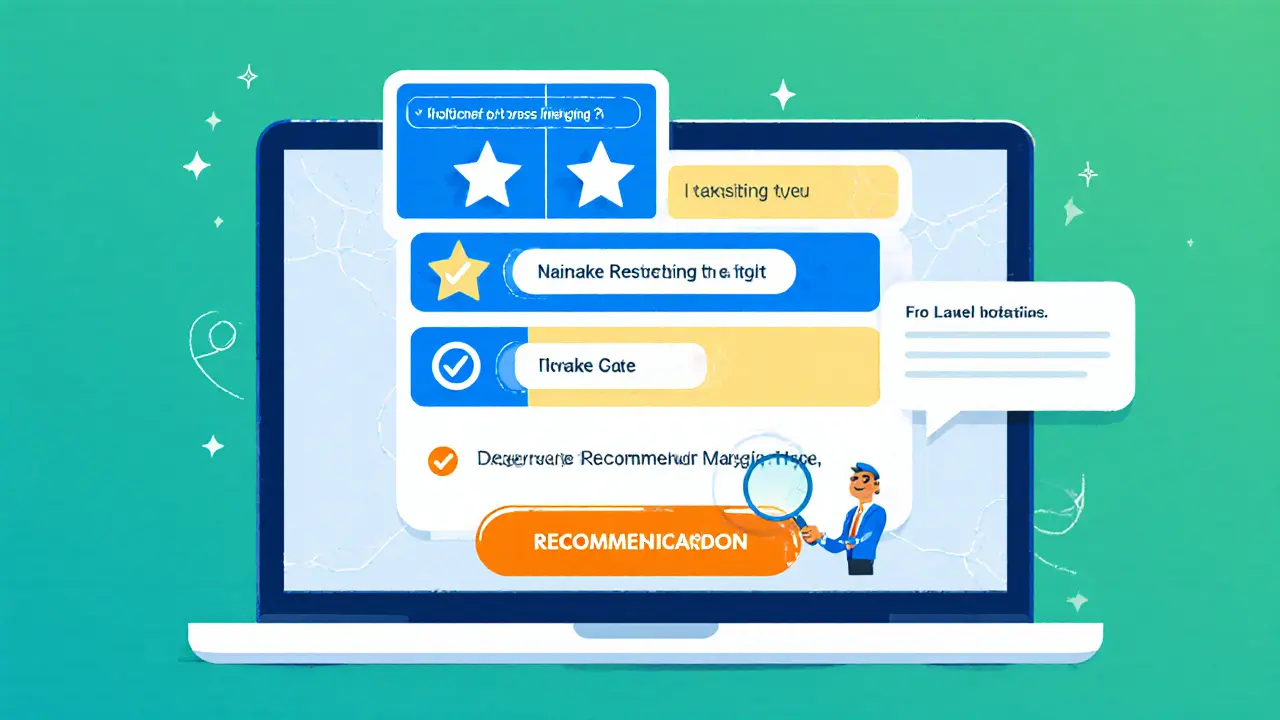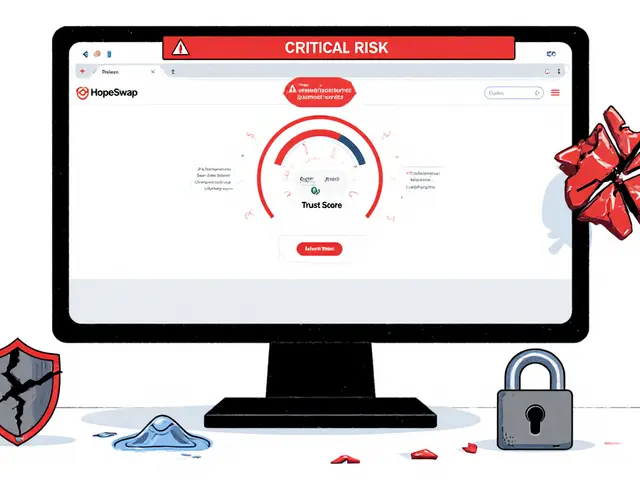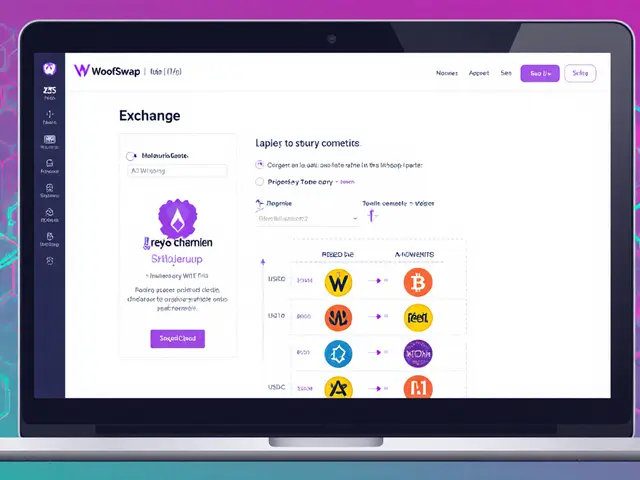Leveraged Trading: How It Works, Risks and Strategies
When you hear the term Leveraged Trading, the practice of using borrowed funds to increase the size of a trade, aiming to amplify potential returns, trading on margin, you know you’re dealing with a double‑edged sword. It lets you control a larger position than your cash would allow, but it also magnifies losses. Margin Trading, a method that lets traders borrow capital from a broker or exchange to open larger positions is the most common gateway into leveraged trades. The core idea is simple: you put down a fraction of the total trade value (your margin) and the platform supplies the rest. The Leverage Ratio, the multiplier that shows how much borrowed capital is used relative to the trader’s own equity tells you exactly how much you’re amplifying – 5x, 10x, even 100x in some crypto markets. Higher ratios can turn a small price move into big profit, but they also push you closer to the liquidation line.
Key Concepts Behind Leveraged Trading
One of the most popular vehicles for leverage is Futures Contracts, standardized agreements to buy or sell an asset at a future date at a preset price. Futures let you lock in exposure without actually owning the underlying asset, and most exchanges allow you to set the desired leverage when you open a contract. Because futures settle daily, any profit or loss immediately affects your margin balance, which can trigger a Liquidation Risk, the chance that a position will be automatically closed when losses hit a preset limit if your account can’t cover the margin requirement. This automatic closure is meant to protect the platform and other traders, but it can wipe out your capital in a single move if the market spikes against you.
Managing that risk starts with understanding the relationship between the leverage ratio and your position’s volatility. A 20x leverage on a coin that swings 5% in a day can erase half your margin in minutes. That’s why many seasoned traders set a maximum leverage lower than the platform’s limit – often 5x or 10x – and use stop‑loss orders to cap potential loss. Position sizing is another crucial tool: instead of risking a large portion of your account on one trade, you allocate a small percentage (commonly 1‑2%) to each position. This way, even a series of losing trades won’t deplete your funds. Diversifying across assets, using lower‑risk entry points, and keeping an eye on funding rates (the fees you pay or earn for holding a leveraged position) further reduce exposure.
In practice, leveraged trading blends market analysis with strict money‑management rules. You’ll find that the same technical signals that guide a spot trade also apply to leveraged moves – trend lines, support levels, volume spikes – but you need to factor in the extra cost of borrowing and the speed at which losses can accrue. Whether you’re chasing short‑term swings on a volatile altcoin or hedging a larger portfolio with futures, the fundamentals stay the same: know your leveraged trading setup, respect the liquidation threshold, and always have a plan for when the market turns. Below you’ll see a curated list of articles that dive deeper into each of these topics, from tax implications to platform reviews, giving you the tools to trade smarter and stay ahead of the curve.
Learn the key differences between isolated and cross margin in crypto trading, their pros and cons, and how to choose the best option for your risk style.



 Finance
Finance




